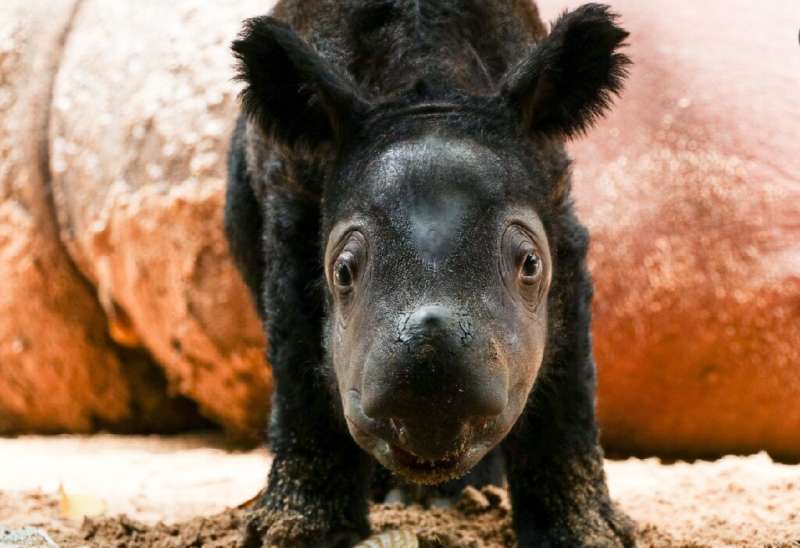
What's the cost of damage to Ukraine's infrastructure amid Russia's invasion?
MORGAN WINSOR
Mon, March 28, 2022
The cost of direct damage to Ukraine's infrastructure amid Russia's ongoing invasion has reached almost an estimated $63 billion, according to an analysis by the Kyiv School of Economics.
Shocking images and videos have emerged in recent weeks showing just some of the devastation across Ukraine since Russian forces attacked on Feb. 24. Where businesses, homes, hospitals, schools and other infrastructure once stood, there are now massive piles of unrecognizable rubble and crumbling shells of concrete.

PHOTO: A child walks in front of a damaged school in Zhytomyr, northern Ukraine, on March 23, 2022, amid Russia's invasion. (Fadel Senna/AFP via Getty Images)
The KSE Institute, an analytical unit of the Kyiv School of Economics in Ukraine's capital, has been collecting and analyzing data from the "Russia Will Pay" project, launched in collaboration with the Ukrainian president's office and the Ukrainian Ministry of Economy.
Through the resource, Ukrainian citizens, government officials and local authorities can confidentially submit reports on the loss of or damage to physical infrastructure across the country as a result of the war, including roads, residential buildings, businesses and other facilities. Analysts at the KSE Institute then assess those reported damages and estimate the financial value.

PHOTO: A man recovers items from a burning shop following a Russian attack in Kharkiv, Ukraine, March 25, 2022. (Felipe Dana/AP)
"It is aimed at collecting information about all the facilities destroyed as a result of the war that Russia waged against Ukraine," the KSE Institute said in a recent statement about the "Russia Will Pay" resource. "The Ukrainian government will use this data as evidence in international courts for Russia to compensate for the intended damages."

PHOTO: Local residents sit on a bench near a destroyed apartment building in the besieged southern port city of Mariupol, Ukraine on March 25, 2022. (Alexander Ermochenko/Reuters)
The latest analysis shows that, as of March 24, at least 4,431 residential buildings, 92 factories and warehouses, 378 institutions of secondary and higher education, 138 health care institutions, 12 airports, seven thermal power plants and hydroelectric power plants have been damaged, destroyed or seized in Ukraine since the start of the Russian invasion on Feb. 24 -- totaling an estimated $62,889,000. Compared to the previous estimate published on March 17, net growth amounted to $3.5 billion, according to the KSE Institute.
Meanwhile, Ukraine's overall economic losses due to the war -- taking into account both direct losses calculated from the project as well as indirect losses, like GDP decline -- range from $543 billion to $600 billion, according to an estimate by the KSE Institute and the Ukrainian Ministry of Economy.

PHOTO: A heavily damaged apartment building is pictured at a front line discrict of Kharkiv, Ukraine, on March 27, 2022, amid the Russian invasion. (Aris Messinis/AFP via Getty Images)
Before updating its calculations, the KSE Institute said it received "detailed data" from the Ukrainian Ministry of Infrastructure on the destruction of its facilities, which allowed analysts to clarify and, in some cases, reduce the assessment of losses.
The KSE Institute said it has improved the methodology of assessing losses from the destruction of residential real estate "based on the World Bank’s experience in analyzing losses in Syria and Iraq, as well as the recommendations of the leading Ukrainian investment company Dragon Capital."
"These calculations are based on the analysis of several thousands of public notifications from Ukrainian citizens, the government, local authorities about losses and damages throughout the country, as well as indirect assessment methods such as calculating the estimated area of the war-damaged property in the most affected cities," the KSE Institute said. "These estimates are not exhaustive: information on numerous damages and destruction may be missing due to the inability of citizens, local and state authorities to promptly record the damage in each city and town."















